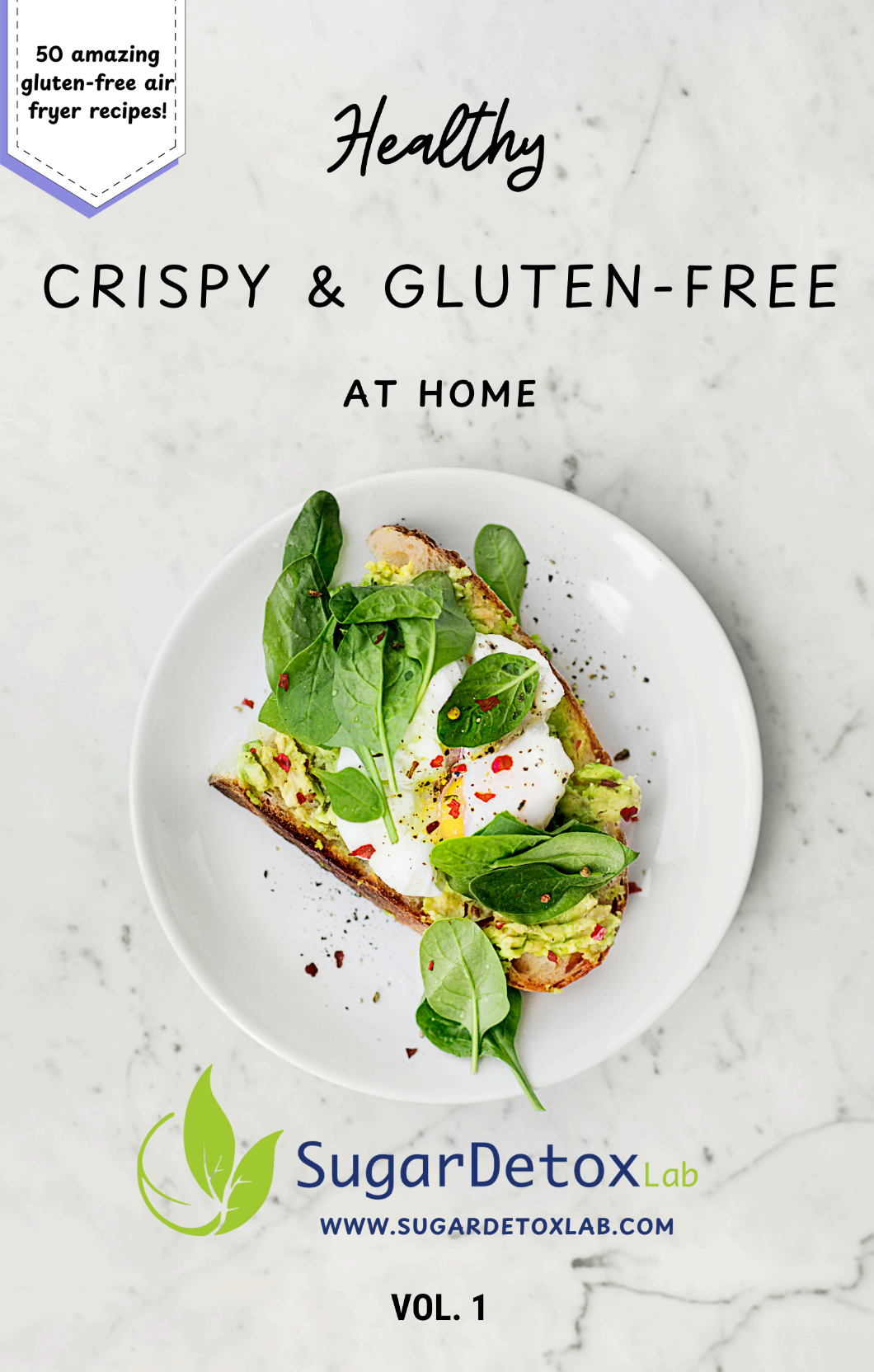Introduction
What Happens to Your Body When You Eat Palm Oil: Is Palm Oil a Seed Oil for Real? It’s a question many health-conscious people are asking as palm oil continues to dominate the global food supply. From packaged snacks to baked goods, margarine, and even instant noodles, palm oil has become one of the most widely used edible oils in the world. But does it truly nourish your body—or does it come with hidden risks?
In this article, we’ll dive into the nutritional profile of palm oil, the potential benefits and drawbacks, and how it affects your body over time. You’ll also learn practical tips on how to consume it wisely and healthier alternatives you may want to consider.
Is Palm Oil a Seed Oil for Real? This question comes up often when people start learning about cooking oils. Many assume that palm oil belongs to the same category as other seed oils, but the truth is different. Is Palm Oil a Seed Oil for Real? The answer is no—unlike sunflower oil or canola oil, which are true seed oils, palm oil is derived from the fruit of the oil palm tree. Still, confusion persists, and people keep asking, Is Palm Oil a Seed Oil for Real? Understanding this distinction helps clear up myths about how palm oil is produced and how it compares nutritionally to other seed oils.
What Is Palm Oil?
Palm oil is an edible vegetable oil extracted from the fruit of oil palm trees (Elaeis guineensis). It has a reddish hue in its unrefined form due to its high beta-carotene content, although most commercial products use refined palm oil, which is light in color and neutral in taste.
Where You’ll Find Palm Oil:
- Packaged cookies, crackers, and cakes
- Margarine and spreads
- Instant noodles and chips
- Ice cream and frozen desserts
- Non-dairy creamers
- Many processed foods
Nutritional Profile of Palm Oil
Palm oil is calorie-dense like all fats, but its unique fatty acid composition affects your health differently than olive oil or butter.
Macronutrients per 1 Tablespoon (14g):
- Calories: ~120
- Fat: 14 g
- Saturated fat: ~7 g
- Monounsaturated fat: ~5 g
- Polyunsaturated fat: ~1.5 g
- Vitamins: Rich in vitamin E (tocotrienols), small amounts of vitamin A (in unrefined red palm oil).
What Happens to Your Body When You Eat Palm Oil
1. Short-Term Effects
- Energy boost: Palm oil provides a quick source of calories and energy.
- Satiety: The fat content may keep you feeling full after meals.
- Impact on digestion: Some people may find palm oil heavy, especially if eaten in large amounts.
2. Long-Term Effects
Over time, palm oil’s impact depends largely on how much and what type (refined vs. unrefined) you consume.
- Heart health:
- Refined palm oil is high in saturated fat, which can raise LDL cholesterol if consumed excessively.
- However, red palm oil (unrefined) contains antioxidants like vitamin E that may support cardiovascular health.
- Weight management:
- Palm oil is calorie-dense, so eating too much may lead to weight gain.
- Moderation is key, especially if you already consume other sources of saturated fat.
- Brain and cell function:
- Vitamin E tocotrienols in palm oil may help protect brain cells from oxidative stress.
- Some studies suggest benefits for skin and eye health.
How to Consume Palm Oil Safely
If you’re not ready to cut palm oil completely from your diet, here are practical ways to minimize health risks:
- Choose red palm oil over refined versions for its antioxidant benefits.
- Moderate intake: Use small amounts when cooking instead of making it your primary fat.
- Balance with healthy fats: Include olive oil, avocado oil, or nuts for better heart health.
- Check food labels: Palm oil is often hidden in processed foods under names like “vegetable oil” or “palm kernel oil.”

Step-by-Step Guide: Healthier Cooking with Palm Oil
- Buy unrefined red palm oil when possible—it retains vitamins and antioxidants.
- Use sparingly in stews and sauces rather than deep-frying.
- Combine with olive oil to reduce the overall saturated fat load.
- Store properly in a cool, dark place to prevent rancidity.
Environmental and Ethical Considerations
Palm oil is not only a health concern but also an environmental one. Large-scale palm oil farming is linked to:
- Deforestation
- Loss of wildlife habitats
- Climate change impacts
When buying palm oil, look for RSPO-certified sustainable palm oil to reduce environmental damage.
FAQs About Eating Palm Oil
1. Is palm oil bad for your heart?
Palm oil contains high levels of saturated fat, which can raise LDL cholesterol when consumed in excess. However, red palm oil also has antioxidants that may offer protective effects. Moderation is key.
2. Can palm oil cause weight gain?
Yes, like all calorie-dense fats, eating too much palm oil can contribute to weight gain. Balance it with other healthy fats in your diet.
3. What is the difference between palm oil and palm kernel oil?
Is Palm Oil a Seed Oil for Real? Palm oil comes from the fruit’s flesh, while palm kernel oil is extracted from the seed. Palm kernel oil is even higher in saturated fat and less healthy overall.
4. Is red palm oil healthier than refined palm oil?
Yes. Red palm oil retains beta-carotene (a precursor to vitamin A) and vitamin E tocotrienols, offering more health benefits than refined palm oil.
5. Should I avoid palm oil completely?
Not necessarily. Small amounts of palm oil are unlikely to harm you, especially if you maintain a balanced diet. But limiting it and choosing healthier oils like olive or avocado oil is a smarter choice.
6. Is palm oil vegan-friendly?
Yes, palm oil is plant-based. However, some vegans avoid it due to environmental and ethical concerns.
Conclusion
So, What Happens to Your Body When You Eat Palm Oil: Is Palm Oil a Seed Oil for Real? The answer depends on the type and amount you consume. While unrefined red palm oil can provide valuable antioxidants, refined palm oil—found in most processed foods—can raise cholesterol and contribute to long-term health issues if eaten in excess.
The best approach is balance: enjoy palm oil in moderation, prioritize unrefined versions, and pair it with healthier fats like olive oil or avocado oil.






